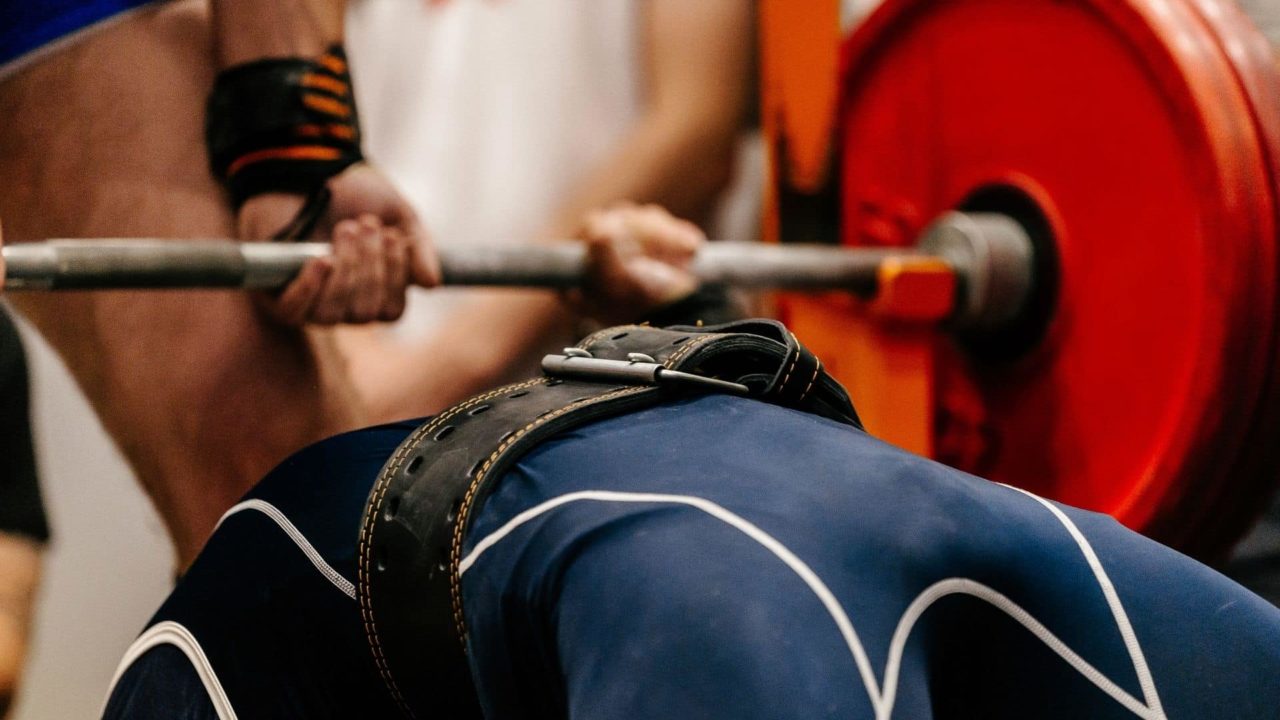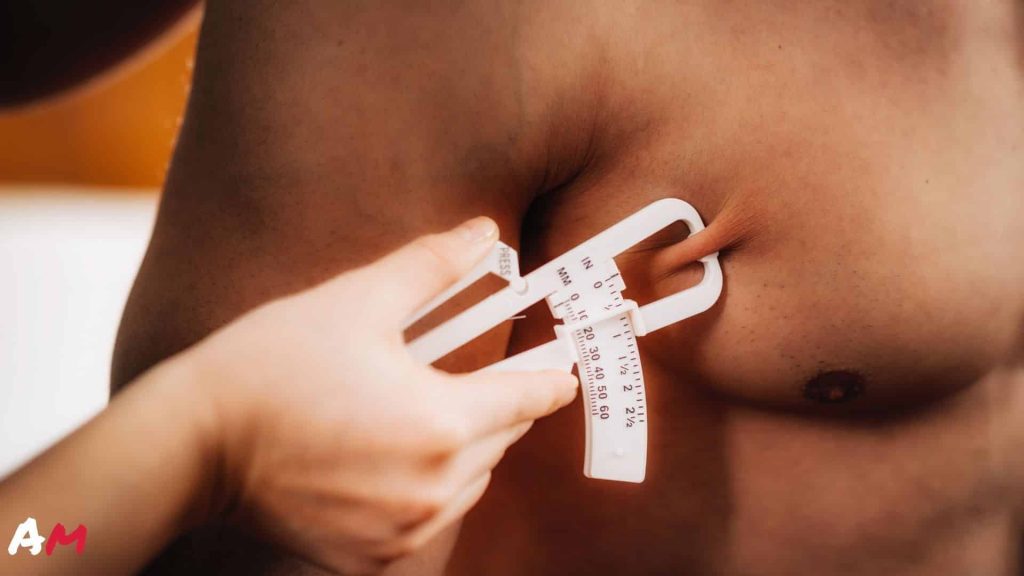We’ve all been there before: sometimes, after hitting the gym, nothing beats a good meal. But when all that turns into extra weight, where did our progress go?
Having added weight to your body isn’t always a bad thing. In fact, it can be more of an add-on to your overall appearance. It can make you fuller, and make you look even stronger or healthier. But let’s cut to the chase: can added weight really turn into muscle?
What’s In This Guide?
2. Increase the Volume of Your Workout
3. Let a Friend Help You Train… to Failure
4. Get Adequate Periods of Rest
What You Should Know First
As the saying goes, “You are what you eat.”
Scientifically, fat tissues don’t exactly turn into muscle. After a workout, your belly doesn’t magically turn from jiggly to rock solid. Fat usually serves as an extra energy source and this is what helps you get through the day, so a little fat is good for you.
When you go on a diet or go for regular workout regimens, not only will you lose fat, but you will lose muscle, too. Dieting and only eating certain kinds of food will trim your muscle mass.
However, the moment that fat becomes cumbersome, that’s when it starts to get dangerous. We’d all prefer it if we prevent this from happening at all and, fortunately, there is a process called body recomposition. Through body recomposition, you will be able to regain muscle mass by eating what encourages hypertrophy (muscle gain) in your body. This means you might as well take in more proteins and less fat. We’ll explain more of this later.
While eating certain kinds of food and working out whenever possible can help, there’s always the option of trying out a selective androgen receptor modulator or SARM. HealthED Academy talks about this in their post.
Without further ado, here’s how you can recomposition your body:
1. Eat the Right Stuff
Don’t just pick any diet. Asking anyone what the “best diet” is sounds like asking them what the “best martial art for weight loss” is.
With the above example in mind, boxing does not equal karate; boxing would give you a better cardiovascular workout while karate would strengthen different parts of your body overall. That said, different diets work for different people and this is why some would complain that, after trying out a diet that’s been trending among their peers, dieting doesn’t work for them.
Related: CrossFit & Keto Diet – The perfect combination?

You have to first figure out what you want to build and how you want to build it. To illustrate, going on an all-vegetable diet when you aren’t a vegetarian to begin with would make you lose weight pretty quickly but will cost you your hypertrophy progress and drastically cut down your muscle strength. You will find it more difficult to lift heavier weights after that.
Instead, it’d be best if you tried something a little bit more flexible. The restrictions aren’t there to keep you from eating but they are there instead to reinforce muscle buildup. Remember, your goal here isn’t to lose weight—it’s to lose fat and gain muscle.
One way to gain weight is to increase your calorie intake. Consider having milk, rice, red meat, nuts, potatoes, oily fish, dried fruit, and honey on your next grocery list. Using these will not just promote a healthier lifestyle, but it definitely beats gaining weight by eating junk food riddled with preservatives.
Read Also: The best Calisthenics Core and Abs Workouts
Furthermore, it’s highly recommended for you to keep track of what you eat by writing these down in a notebook. That way, you will understand which of what you ate benefitted you the most. If you notice that you might be gaining weight too quickly, losing weight, or gaining less weight than usual, this book can guide you into how you can set your diet straight and help you find what food you might be missing.
Now that you know how to properly gain your weight, let’s talk about building muscle.
2. Increase the Volume of Your Workout
Whenever we work out, we always keep in mind the number of reps we make and how many sets we’ve gone past. Choosing what exercises you’ll want to do and doing them in the proper order will promote rapid muscle growth. But it doesn’t stop there.
Picture your training routine as you would a pitcher of water. If you pour it into your glass, only pour enough to fill it. Conversely, pouring in too much water or filling it all the way to the brim would be counterproductive and can even make a mess. What we’re trying to say here is that you shouldn’t work yourself out too much, but only what’s just right for you.
Read Also: How to develop Tree Trunk Legs with this Calisthenics Leg Workout
This is called High-Intensity Interval Training or HIIT. Doing this will help you burn more calories than any steady-state workout. How it works is that you perform short bursts of exercise and have short periods of rest. For example, pump your weights for 30 seconds to a minute and then give your body two to four minutes of recovery.
For a more intense version of the HIIT workout, there is the Tabata workout. This workout is more specific when it comes to intervals and its rest periods are much shorter than the regular HIIT.
To promote better and maximized hypertrophy, the best number of reps-per-set is 8-12. But it’s not the number of reps that actually bring your muscles to size…
3. Let a Friend Help You Train… to Failure
When we’ve lifted too much, we feel that sensation where we can’t lift anymore. This is called muscle failure. Failure bears a negative connotation, but in this case, muscle failure can be a good thing.

When your muscles tear, you will not be able to contract them for a short span of time. It can be pretty painful but no pain yields no gain, after all. Your body will immediately begin repairs on the torn muscle and rebuild it to be much bigger than before. When your muscles fail, this is when a friend should step in.
Related: CrossFit Partner WODs: Adding some fun to your workouts
Your friend, the spotter in this case, has the sole responsibility of helping you train when you’re already struggling. Not only does this help your muscles grow even faster through intense training, but you also get to exercise a crucial degree of workout safety (this is why working out in gyms is safe). Here are a few techniques you may exercise while training with a spotter:
- Negative Reps – These are reps that are slower or longer than the usual rep. If you’re doing a bench press, take a few seconds of lowering the weight before lifting it back up again. It’s quite grueling since your muscles will be working twice as hard, but your spotter will be there to help you in case your muscles begin to fail.
- Forced Rep – As the name implies, this is a rep you force yourself to do. This is especially done during muscle failure. Taking the bench press example from above, your friend will be the one to help you lift the weight once you no longer can. This is especially helpful when the barbell’s rod is on your chest and you’re trying to avoid anything dangerous.
- Dropsets – Towards the end of your workout, your partner should evenly strip off some weight from the barbell. After which, you will have to immediately resume your set until you reach the point of a second muscle failure. That second failure should cause your muscles to grow even faster, so feel the burn and burn the feeling!
Read Also: The Best 4-Andro Supplement Reviews
Remember that having a friend is important for this step in the process. You want to tear your muscles and hurt from that, not get hurt from an injury.
Also keep in mind that you shouldn’t do this during every set, but only during the sets that require the heaviest surges of strength. If you’re doing a light workout, tearing your muscles here will be a terrible idea as it may cause you fatigue and not help in your body building at all.
Read Also: Farmer’s Walk – Benefits and How to Program
4. Get Adequate Periods of Rest
As soon as you’re done pumping your weights, it’s best to give yourself a good period of rest. What most people don’t understand is that your muscle growth actually occurs while you’re resting. These are the periods in which your body begins to repair itself and create stronger, thicker layers of muscle tissue to augment them for the next workout.
Related: The Best Percussion Massage Guns to Speed Up Your Recovery
If you’re planning on working out similar muscle groups without regular rest days, spread them out on your schedule for a more even and desirable distribution of muscle mass. For example, don’t work your core and legs on a Monday and a Tuesday, but instead work on your arms and legs on a Monday and a Tuesday—the core can follow on another day.
Making a physical schedule can help you and motivate you to achieve your body goals, especially if you have a specific day for each of your muscle groups.
Read Also: Active Recovery WOD is the Key to Optimizing your CrossFit Programming
Shape Up and Fill Out
Gaining weight and putting muscle on that weight is no easy task. Your responsibility now, if you’re going through with this workout plan, is to keep your own discipline.
Knowing what you should be eating and what you should be working out is one thing, but it only takes a little bit of neglect that could cause your plan to crumble. If you are in touch with your workout friend, you may also ask them to remind you of things that you might forget to do. Set your goals and keep your focus and you should be on the road to a better, fuller, and healthier you.

